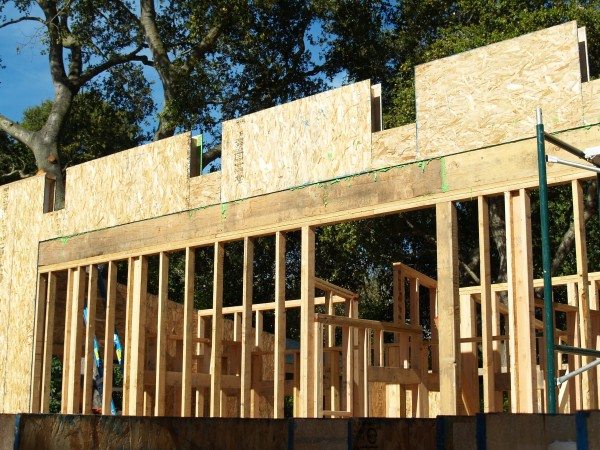These resources are from an archived version of our website. Want to see what we’ve been up to lately? Check out our new website.
Embodied Energy: A Measure of Sustainability
What is Embodied Energy?
Look at your house… your computer… the snack on your plate. How much did it cost? Now look deeper. For each of the goods (and services) that we purchase – from automobiles to groceries – there’s an invisible price tag behind the one that we can see. It’s the cost of embodied energy.
Embodied energy is the sum total of the energy that went into the production of any good or service. Extraction of raw materials, transportation, manufacturing, installation – it all contributes to embodied energy, because without those things, the final product couldn’t exist. Put differently, the product is inseparable from its story; from the processes that brought it to us, and the energy those processes required.
Embodied Energy and Sustainability
At Clarum Homes, we care deeply about sustainability. And embodied energy is an important facet. The environmental impact of a home isn’t limited to its daily energy consumption; it also includes its construction (initial embodied energy) and ongoing maintenance and repair (recurring embodied energy). If the total is more than the environment can support, it’s not sustainable.
Of course, the task of evaluating a home’s embodied energy isn’t simple. For every unit of building material – from structural insulated panels (SIPs) to door knobs – how much energy was needed? There are countless variables. To make things more complex, some variables may cancel each other out.
For example, a house that consumes little day-to-day, produces surplus energy of its own, and requires minimal maintenance and repair can actually offset the initial embodied energy of its construction. At Clarum, we build homes which do just that.
Durable Materials, High-performance Homes
In a study cited by the magazine Canadian Architect, researchers found that even when construction costs are low, the recurring embodied energy of a typical office building will add up to nearly 57% of its initial embodied energy after just 25 years. After 50, it will be 144%; after 100 years, almost 325%. In their words:
“The current preoccupation with lower first costs in buildings reveals its disregard for sustainability when viewed from a building life cycle perspective.”
The importance of a low recurring embodied energy is another reason we emphasize sustainable materials and high performance at Clarum. Here are some of the important points about the homes we build:
- Our homes are extraordinarily efficient, reducing recurring embodied energy by conserving energy, heat, and water to a remarkable extent.
- When choosing materials, we select for quality and longevity: durable materials don’t have to be replaced as often, which again keeps recurring costs down.
The result? A home that satisfies your conscience, as well as your eye, your wallet and your well-being.
To learn more about building a high-performance home, call Clarum at 650.322.7069.









